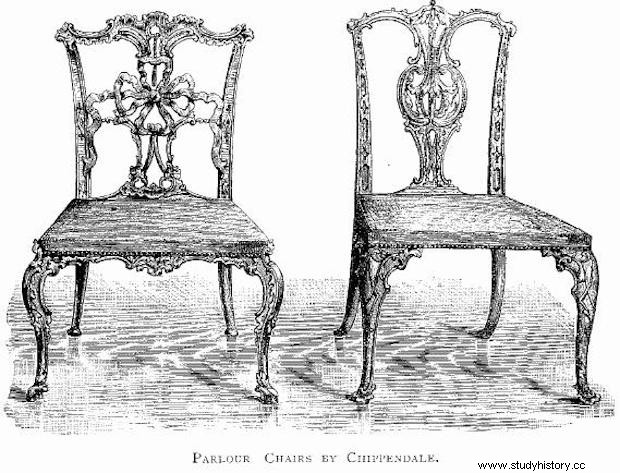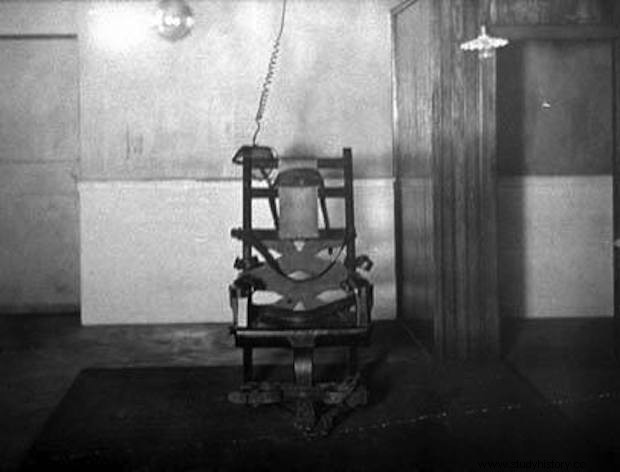Learn a short history of one of the most popular pieces of furniture. The history of the chair, from the ancient throne of Knossos, to the bishops' seats, to the electric chair of the American justice system.
The chair's short history begins on the Greek island of Crete. In the village of Knossos there are ruins of an old palace, which dates back to 2000 BC. Its creation was related to the Minoan culture. In one of the rooms, the so-called in the throne room, there is a stone chair - the throne. This chair is called "Europe's oldest chair", although of course this statement is greatly exaggerated. It is certain, however, that in ancient times such high chairs were used only on ceremonial occasions. The chair allowed the ruler or priest to take a proper position in relation to the surroundings. A position that emphasized his status and allowed him to carry out his function with dignity.

The throne in the Knossos Palace - The history of the chair - Photo:Harrieta171 Source:commons.wikimedia.org
Primitive humans usually either stood or crouched or lay down. In ancient Greece and Rome, people lounged on their beds in a half-lying position. In the Middle Ages, stone benches were used for seating. Many peoples of Asia, including the Japanese, still prefer crouching or sitting on the ground.
From the throne rooms, the chair, as a symbol of exercising power, went to the Holy See and the seats of the bishoprics. This time as "kathedra" which from the Greek "καθέδρα" meant a chair. In the bishop's seat in the church there is a special chair, i.e. the bishop's throne. That is why today the name of the cathedral or cathedral church is the most important church in the diocese, i.e. the bishop's residential church. The word "cathedral" has also found its application in secular structures. For example in universities, as an administrative unit of a university.

Bishop's chair in the Cathedral of Tarragona - Photo:José Luiz Bernardes Ribeiro Source:commons.wikimedia.org
The freestanding chair, used on less official occasions, is a relatively young European invention. Over time, nuns began to use chairs, perhaps to make reading and writing easier. As standard equipment of ordinary houses, they found their way to them only in the 16th century, and in the 18th century they began to be elaborately decorated. In workplaces, offices and offices, chairs did not enter common use until the 19th century.

19th century chairs - The history of the chair - Source:commons.wikimedia.org
At the end of the 19th century, the chair found another new application. This time, the development of electricity and the American justice system contributed to it. And so, in 1890, the world's first execution using an electric chair was carried out. The convict was William Kemmler, sentenced to death for murdering his concubine with an ax. Despite numerous controversies, this method is still used in some US states.

The first electric chair - The history of the chair - Source:commons.wikimedia.org
Just like a chair, but a piece of history. 🙂
Based on the book Europe Dealing with History - Norman Davies
